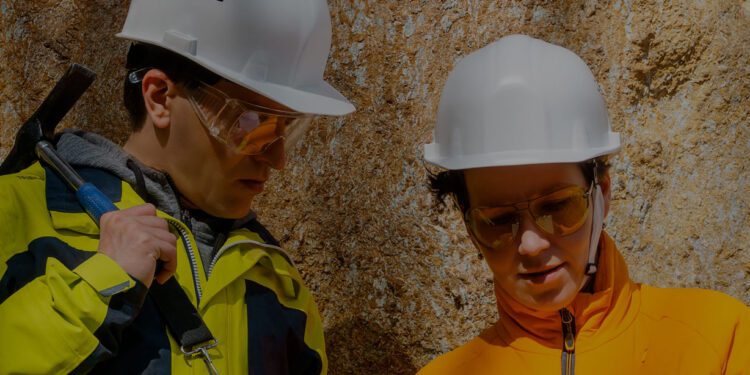Begins Drilling At Chile Copper Project
Golden Arrow Resources Corporation (TSX: GRG)(OTCQB: GARWF) has commenced a first reverse circulation drilling programme at the Rosales Copper Project in Chile.
The drill programme is testing the large conductive zones identified in the recent TEM geophysical survey.
“We have multiple targets near-surface and at depth exhibiting hallmarks of high-grade, stratabound or mantos-style copper deposits so we are very excited to have the drills turning to test the interpretation,” stated Brian McEwen, VP Exploration and Development for Golden Arrow.
The first phase of drilling will include approximately 1,400m in four holes, to test both the upper and lower conductors and confirm the geophysical interpretation. The subsequent 1,600 metres will be used to test the extent of the anomalies as well as other targets. The program is expected to continue through the fourth quarter of the year.
Rosales Project and Targets
The Rosales Project currently includes 3,444 hectares of 100% held mineral claims and an additional 900 hectares under application. The Project is located in the Atacama Region, a prolific mining district that hosts multiple large precious and base metal mines.
The project is road-accessible and is situated less than 90 kilometres from the mining centre of Copiapo, with world-class exploration and mining infrastructure readily available.
The initial reconnaissance program at Rosales identified two general areas of prospective copper mineralisation: the Margarita Mine trend (MMT), and the NW Target.
The MMT is a 3.5-kilometre-long structural corridor, oriented northeast-southwest, mainly defined by felsic dykes. Chalcocite and chrysocolla were identified in outcrop over a 350 by 400 metres area underlain by andesitic volcanoclastics and andesites, within Jurassic aged volcano-sedimentary sequences.
Samples from the area averaged 1.74% copper with a high value of 4.37% copper (see News Release dated July 20, 2020 filed on SEDAR). The copper mineralization fills fractures and is disseminated in the matrix of the volcanoclastic host rock, with further indications of manto-type mineralization in this zone.
The Transient Electromagnetic (TEM) surface in-loop geophysical survey detected two highly-conductive anomalies in the MMT, named G1 and G2, estimated to start within 100 metres of the surface. The G1 target is the highest priority target for drilling due to its size, strong conductivity and correlation with high copper values in surface rock-chip samples.
Subsequent to the surface TEM survey, three lines of TEM soundings were completed, crossing the two MMT anomalies, to provide resistivity, displayed in vertical images.
The TEM sounding sections reveal one or more upper zones of moderate conductivity above 250m from surface, interpreted to correlate with the conductors detected in the previously reported fixed in-loop TEM surveys.
Additionally, the sounding sections have detected a prominent and extensive conductor at approximately 500m depth and appear to resolve increased conductivity below G1, proximal to a vertical corridor postulated to represent a feeder-structure.
The flat-lying and layered appearance of the anomalies, combined with the copper sulphide mineralisation observed at surface, are consistent with expectations for copper manto (stratabound) deposits.
For further information please visit: https://goldenarrowresources.com












